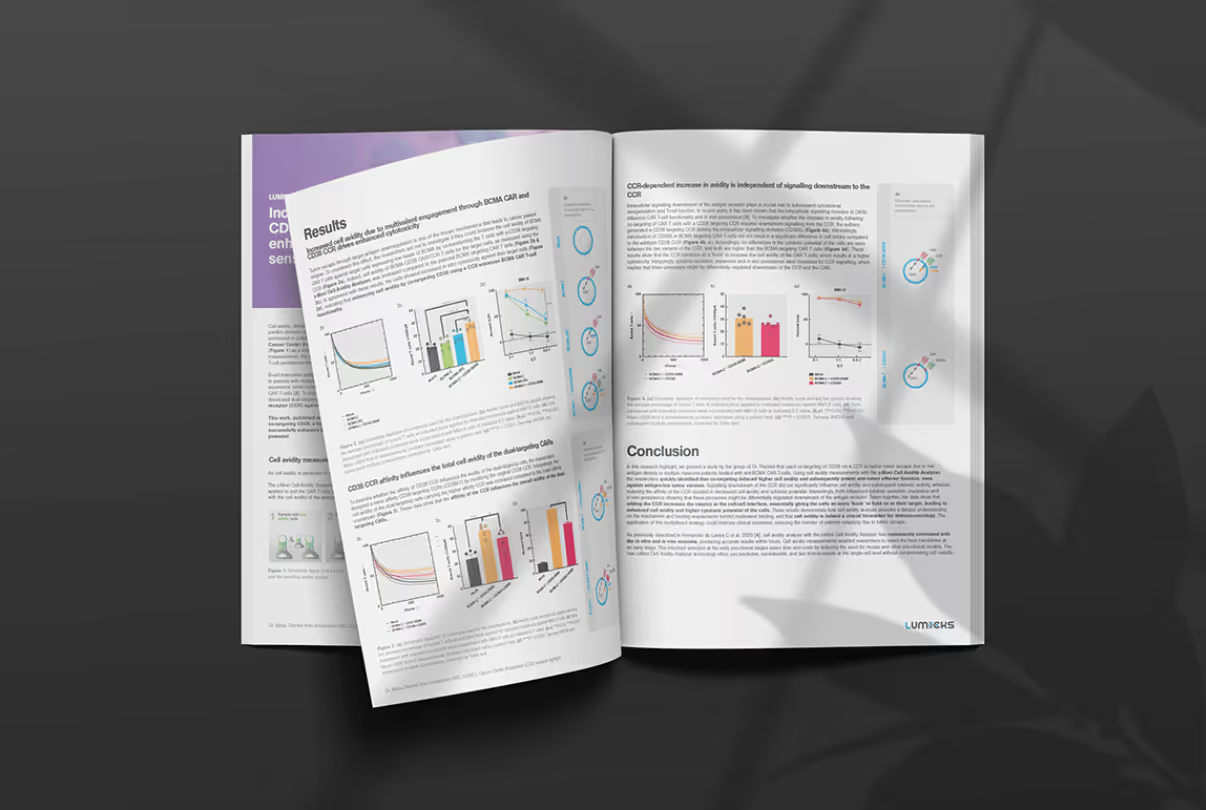In a recent Nature Materials publication, scientists show for the first time how certain types of molecular bonds known as “catch bonds” make it possible for cells to combine both mechanical strength to withstand forces and adaptability to change shape and move. By performing dynamic single-molecule experiments with LUMICKS’ C-Trap®, equipped with dual-trap optical tweezers, they demonstrated that catch bonds do not behave like typical biological bonds that fall apart under increased tension. Instead, catch bonds seem to fight back – the higher the tension the stronger the bond – possibly explaining why cells can be stretchy and strong at the same time.
To measure the mechanical properties of the molecular catch bond, the scientists took advantage of the actin-binding protein α-actinin-4 and its K225E point mutant, which is associated with the heritable disease kidney focal segmental glomerulosclerosis type 1 – where scar tissue develops on the parts of the kidney that filter waste from the blood eventually leading to kidney failure. Using optical tweezers, the researchers initially trapped an α-actinin4-coated bead and an actin-coated bead and performed bead approach-retraction cycles. When they detected a force increase upon retraction, which indicated a binding event, they maintained the tether at a preset force until the force suddenly dropped to zero and the beads separated, indicating forced crosslinker unbinding. For WT α-actinin-4, optical tweezer measurements showed catch bond consistent behavior where increasing forces up to around 4pN showed increasing binding lifetimes. Conversely, the K255E point mutant binding lifetimes decreased in response to increasing tensions. This behavior was explained by the fact that WT α-actinin-4 has two weak binding sites for actin filaments and one strong binding site that needs to be activated by force for the WT protein, whereas the strong binding site is always exposed for the K255E mutant.
These findings provide new, significant insights into the significance of catch bonds in cellular resilience and flexibility. Importantly, using dynamic single-molecule experiments to study catch bonds could help us better understand and perhaps treat diseases where catch bond formation is compromised.
Congratulations to all the authors involved in this study for this exciting publication!
For more information about this study, read the research article “Weak catch bonds make strong networks,“ published in Nature Materials.
Are you interested in using dynamic single-molecule tools like the C-Trap for your research? Do not hesitate to contact us for more information, a demo, or a quote.
Top image adapted from Mulla et al., Nature Materials, 2022.









